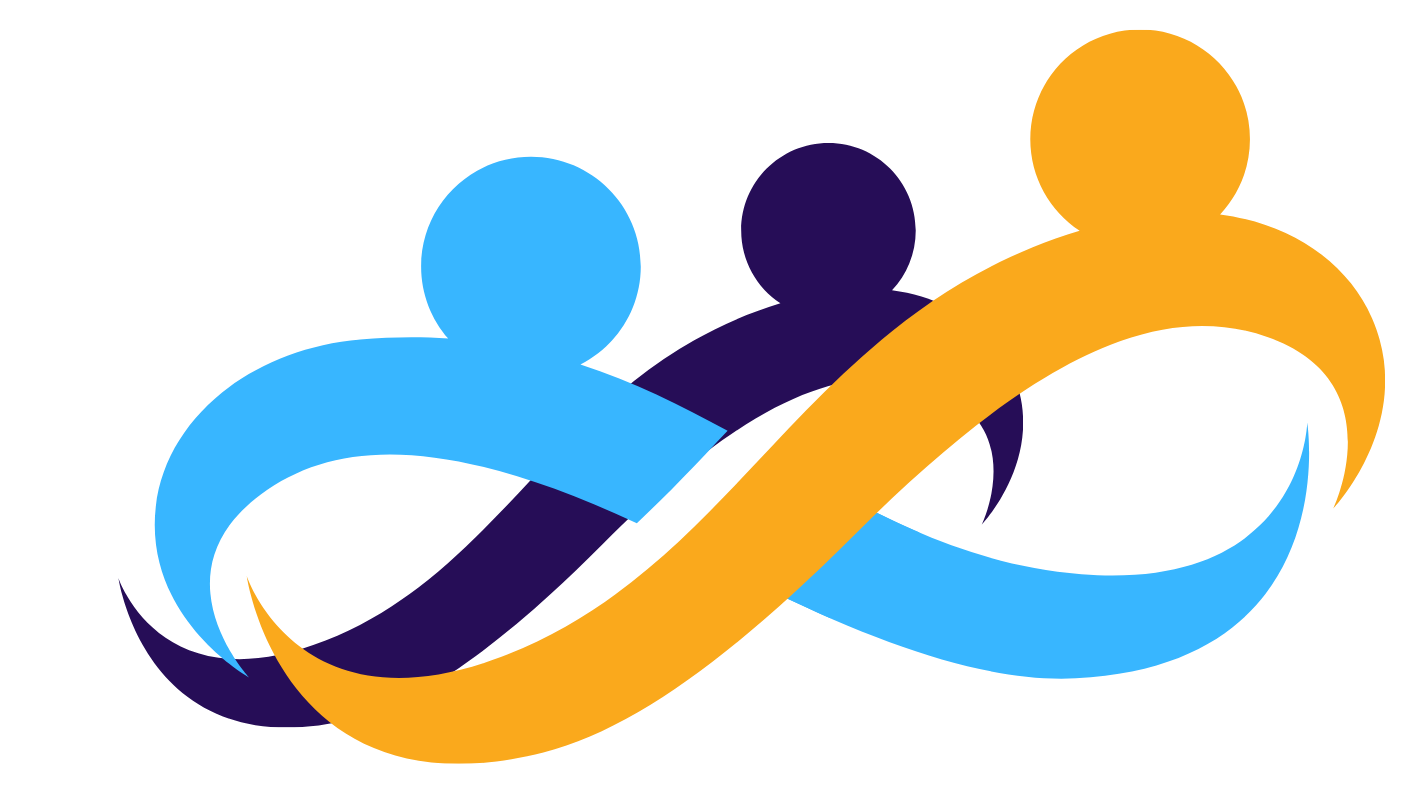Insider threats can be particularly challenging to detect and prevent because the individuals involved have legitimate access to the organization’s systems and information.
To mitigate insider threats, organizations can implement security measures such as background checks, access controls, and monitoring, as well as provide security awareness training and implement a culture of security within the organization.
Here is the amazing post which you are missing: Home Security Systems of 2023: How Do They Work?
Identifying and mitigating risks from employees and contractors
Identifying and mitigating risks from employees and contractors is a critical aspect of managing insider threats. Some ways to do this include:
- Background checks: Conducting background checks on potential employees and contractors can help to identify potential risks or red flags. This can include checking for criminal records, previous employment history, or other relevant information.
- Access controls: Implementing access controls, such as role-based access, can help to ensure that employees and contractors only have access to the information and systems they need to perform their job duties. This can also help to detect and prevent unauthorized access.
- Monitoring: Implementing monitoring and logging systems can help to detect and investigate suspicious activity. This can include monitoring system and network activity, as well as monitoring employee and contractor behavior.
- Security awareness training: Providing regular security awareness training can help to educate employees and contractors about security risks and how to identify and report suspicious activity.
- Incident response: Having a well-defined incident response plan in place can help to minimize the damage from an insider threat incident and to learn from the incident to prevent future occurrences.
- Insider threat program: Implementing a comprehensive insider threat program can help to identify, assess, and mitigate the risks associated with insider threats.
- Employee Turnover Management: Keeping track of employee turnover and ensuring that proper offboarding procedures are in place, to prevent any information leakage or sabotage by ex-employees.
- Third-party risk management: Organizations need to conduct due diligence on their vendors, contractors, and suppliers to ensure they are not a potential insider threat risk.
It’s important to keep in mind that insider threats can come from a wide range of sources and that no single measure is sufficient to mitigate these risks. A layered approach that includes a combination of technical, administrative, and personnel-based measures is likely to be most effective.
What are the four types of insider threats?
The four types of insider threats are:
- Malicious insider: An individual who uses their access to company resources to intentionally cause harm or steal sensitive information.
- Accidental insider: An individual who inadvertently causes harm or exposes sensitive information through carelessness or lack of understanding of security best practices.
- Insider-assisted outsider: An outsider who gains access to company resources through the help of an insider.
- Impersonation insider: An individual who poses as an insider to gain unauthorized access to company resources.
What can companies do to mitigate the risks of insider threats?
Companies can take several steps to mitigate the risks of insider threats:
- Implement access controls: Limit access to sensitive information and systems to only those who need it to perform their job functions.
- Regularly review and monitor access: Regularly review access privileges and monitor system logs to detect unusual activity.
- Conduct background checks: Conduct background checks on all employees, contractors, and vendors who will have access to sensitive information.
- Provide security awareness and training: Provide security awareness and training to all employees, contractors, and vendors to help them understand the risks of insider threats and how to identify and prevent them.
- Implement data-loss prevention (DLP) solutions: Implement data-loss prevention (DLP) solutions to help detect and prevent the unauthorized exfiltration of sensitive information.
- Implement multi-factor authentication: Implement multi-factor authentication to reduce the risk of account hijacking.
- Implement Network segmentation: Implement Network segmentation to limit access to sensitive systems and data.
- Have an incident response plan in place: Have an incident response plan in place in the event of a security incident.
- Have a whistle-blower policy in place: Have a whistle-blower policy in place so that employees can report suspicious activities anonymously.
- Have a monitoring system in place: Have a monitoring system in place to detect and respond to insider threats in real time.
What are some insider threat indicators?
Some insider threat indicators include:
- Unusual access to sensitive information or systems: An employee accessing sensitive information or systems that they do not normally have access to can be an indicator of an insider threat.
- Unusual activity outside of normal working hours: An employee accessing sensitive information or systems outside of normal working hours can be an indicator of an insider threat.
- Attempts to bypass security controls: An employee attempting to bypass security controls, such as disabling antivirus software or creating new user accounts, can be an indicator of an insider threat.
- Unusual network or data exfiltration: An employee exfiltrating large amounts of data or accessing sensitive information from multiple locations can be an indicator of an insider threat.

Conclusion
Insider threats can come in many forms and can cause significant damage to a company’s operations and reputation. Identifying and mitigating the risks of insider threats requires a multi-faceted approach that includes implementing access controls, regularly reviewing and monitoring access, conducting background checks, providing security awareness and training, implementing data-loss prevention solutions, implementing multi-factor authentication, implementing network segmentation, having an incident response plan in place, having a whistle-blower policy in place, having a monitoring system in place and being aware of the insider threat indicators.
By taking these steps, companies can reduce the risk of insider threats and protect their sensitive information and systems.






